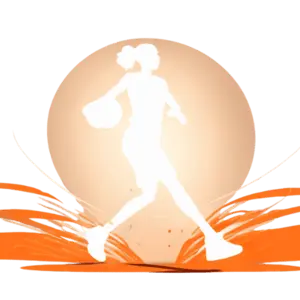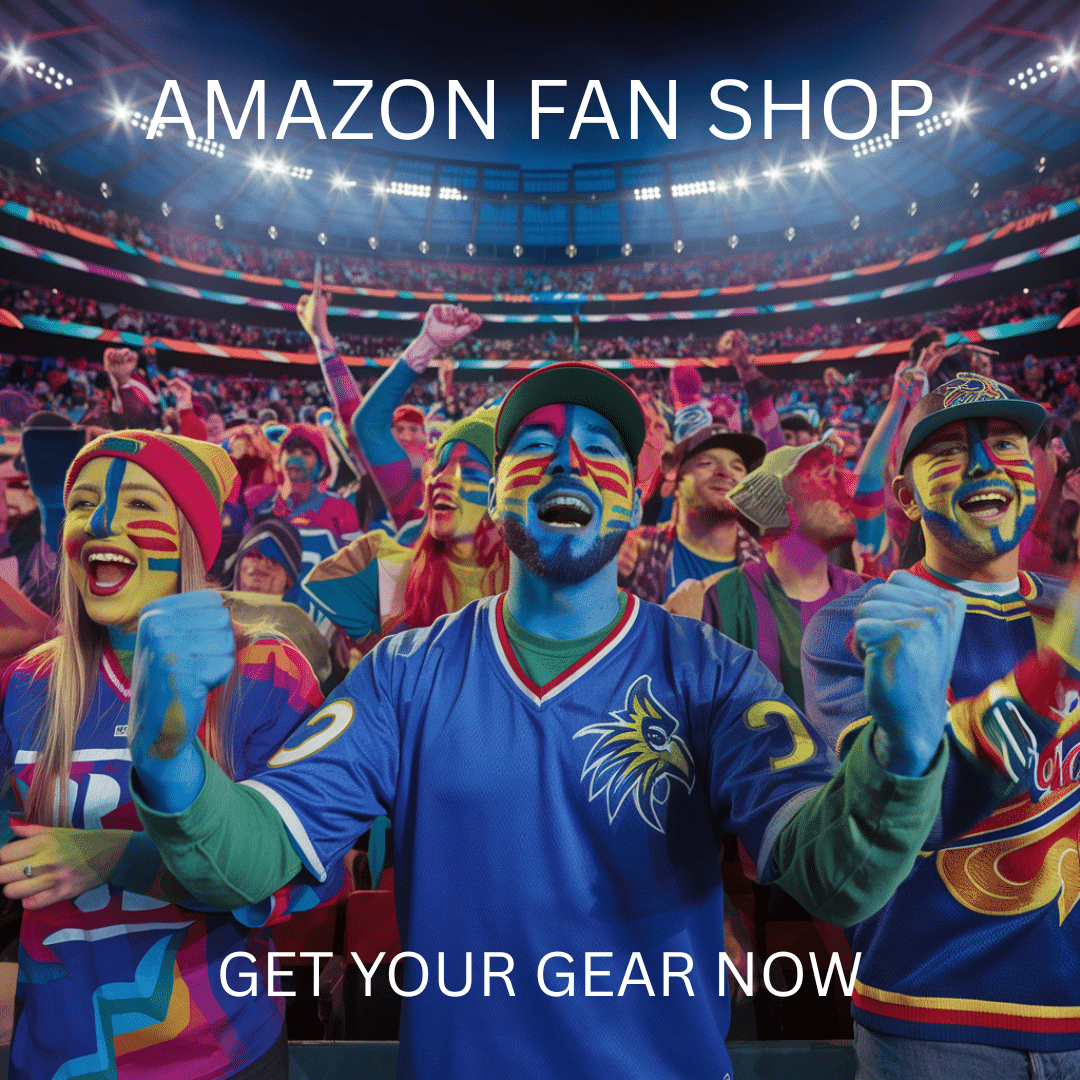Shocking Aftermath of House V NCAA Settlement: The Burning Questions That Could Change Everything!
The recent approval of settlement terms in the landmark House v. NCAA case by the NCAA Board of Governors marks a pivotal moment for college sports. This agreement introduces a new revenue-sharing model expected to substantially impact the financial landscape for college athletes, particularly those in Division I athletic departments.
Despite this significant step, the settlement requires certification by U.S. District Judge Claudia Wilken, leaving many aspects unresolved.
Critical questions remain about how the revenue-sharing model will be implemented, potential gender equity issues, the future of donor-funded NIL collectives, and protections from further lawsuits.
The college sports community now faces a period of uncertainty as these issues are addressed in the coming months.
Does this mean settlement is officially approved?
Table of Contents

No, it does not mean the settlement is officially approved.
Judge Claudia Wilken will need to certify the agreement in the coming months.
Athletes who are part of the represented classes will have the chance to opt out, which allows them to maintain the right to legally challenge the NCAA.
Wilken, notable for her rulings against the NCAA in the O’Bannon and Alston cases, will scrutinize the agreement.
If she finds any problematic elements, she may ask both parties to make necessary changes.
With both plaintiffs and defendants agreeing to major settlement terms, a significant hurdle is crossed. However, the final step requires Wilken’s certification.
The terms aim to implement a revenue-sharing model, potentially starting no earlier than 2025.
Does settlement provide NCAA legal protection?
The settlement brings a myriad of legal questions to the forefront for the NCAA.
While some figures in the administration have voiced apprehensions about the aftermath, three potential paths could offer the NCAA some level of legal shield.
One potential path is enabling athletes to collectively bargain for their compensation and benefits.
This could resemble an employment model with unions and collective units akin to professional sports. Yet, the NCAA has consistently resisted this idea, maintaining that such a model does not align with their vision.
Another route, known as the Jack Swarbrick idea after the former Notre Dame athletic director, involves granting a special status exemption to athletes.
This would allow them to engage in collective bargaining while declaring they are not employees of their schools, conferences, or the NCAA. This model hinges on Congressional approval for the special status exemption.
Lastly, the NCAA’s pursuit of an antitrust exemption from Congress remains a focal point.
Despite their continuous efforts, significant progress has been elusive.
Intriguingly, the basic settlement summary suggests plaintiffs may assist the NCAA in lobbying for this exemption, a move that has stirred controversy within college sports.
Here are some key aspects, using various formatting elements for clarity:
Financial Responsibilities
The NCAA and all 32 Division I conferences have been assigned the financial responsibility for the $2.77 billion settlement, spread over a decade. Of this sum:
- Conferences: Will cover $1.6 billion
- Power leagues: Will pay 40% of the $1.6 billion
- Non-Power Five conferences: Responsible for 60%
Administrative Contentions
The distribution model has not sat well with all figures, stirring discontent:
Book Your Dream Vacation Today
Flights | Hotels | Vacation Rentals | Rental Cars | Experiences
- Val Ackerman, Big East Commissioner, expressed “strong objections” in communications with NCAA President Charlie Baker.
- A collective of 22 commissioners outside the FBS has proposed a different damages framework that places nearly 60% of the financial burden on power leagues, though these efforts have been unsuccessful.
Despite the opposition, the agreed-upon terms remain unchanged. The ongoing developments leave open numerous questions about the NCAA’s future legal standing and the possible paths toward securing the sought-after legal protections.
What Happens to Other Lawsuits Against NCAA?
The recent settlement resolves the major cases: Carter, Hubbard, and House. These cases challenged NCAA’s rules on paying athletes and alleged they violated antitrust laws.
In Carter v. NCAA, the focus was on the prohibition of schools paying their athletes, while Hubbard v. NCAA addressed retroactive payments tied to the Alston ruling.
Although the settlement includes hefty financial implications, other legal battles might still persist.
The NCAA and Power 5 conferences faced potentially $4.2 billion in damages had they gone to trial and lost. This global resolution addresses significant claims, but uncertainties remain regarding the full extent of financial responsibility.
The settlement might set a precedence, but it doesn’t necessarily shield NCAA from ongoing and new litigation. As other antitrust lawsuits arise, the landscape for college sports and amateurism continues to evolve.
Where does Title IX fit into this new world?
The 52-year-old federal law, Title IX, safeguards students from sex-based discrimination at any federally funded school. This necessitates that schools ensure male and female student-athletes receive equal treatment and benefits.
The question now arises: how does Title IX fit into a scenario where schools might share up to $22 million annually with athletes?
Legal experts are divided.
Some say Title IX applies to market-based payments, such as those for Name, Image, and Likeness (NIL) or athletic performance, while others believe it does not.
Mit Winter, a college sports attorney and board member for Athletes.org, pointed out that there is no universal agreement. According to Winter, different legal analyses yield different interpretations, leaving educational institutions in a state of uncertainty.
Arthur Bryant of Bailey & Glasser, LLP, has represented more women athletes in Title IX litigation than any other lawyer.
He emphasizes that any revenue-sharing model implemented must align with Title IX’s requirements.
For instance, if 60% of the student-athletes are women, then 60% of the shared revenue should go to them. Bryant’s current class-action lawsuit against Oregon’s institutions highlights the legal battles that could ensue if schools fail to comply.
In shaping this new landscape, schools and the NCAA must carefully navigate Title IX provisions to ensure equity. The U.S. Department of Education will likely play a critical role in interpreting and enforcing these regulations, making Title IX compliance a pivotal aspect of college sports’ future.
Does Settlement Portend End of Collectives?
The NCAA has spent nearly three years attempting to manage donor-led collectives. Despite efforts, the most ambitious and well-funded collectives are here to stay.
There is a possibility that collectives might eventually operate under the schools’ management, which could introduce complications related to Title IX compliance.
Industry insiders predict that collectives will continue to play a significant role as third-party entities in a future revenue-sharing landscape.
They believe these collectives will be positioned to provide additional compensation to high-profile athletes, separate from the schools’ revenue-sharing model.
This structure would allow marquee athletes to earn money equal to their market value without being affected by Title IX requirements. Collectives will remain pivotal in ensuring that top athletes receive appropriate compensation in the emerging financial model.
What does this mean for employment proceedings?
The spotlight on the National Labor Relations Board (NLRB) cases now becomes even brighter.
Players at Dartmouth, for example, recently voted to unionize, aiming to unlock the potential for collective bargaining.
The university’s request for an NLRB review of Laura Sacks’ decision naming the basketball players as employees sets a significant precedent.
If the review is unsuccessful, Dartmouth could extend the appeal process to federal courts, possibly all the way to the Supreme Court.
An even more impactful case unfolds in Los Angeles, where an administrative law judge is assessing whether the University of Southern California (USC) serves as an employer for its sports teams.
The case gains further importance due to the involvement of the Pac-12 and NCAA as potential joint employers.
The potential ramifications are monumental.
Should the Pac-12 and NCAA be deemed joint employers, this decision might also impact athletes at public institutions, extending the employment model broadly across college sports.
This transition in the financial model could lead to back-pay damages and other compensation.
Key issues include how scholarships will be treated, the potential for new unions, and the landscape of opt-out provisions.
The road ahead is complex and lengthy, but the outcome will shape the future of college sports employment. Back pay and compensation models will require close examination as judgments evolve.
Where is the Line of Demarcation in College Sports?
The landscape of college sports is undergoing significant changes with the introduction of revenue-sharing models. This shift is creating clear lines of separation among schools.
Institutions like Texas A&M, Missouri, and Iowa State are already making adjustments to their expenses, staff, and plans to prepare for the new financial landscape.
One of the most critical factors is whether schools decide to take part in revenue sharing.
Those that opt-out risk falling behind in competitiveness.
The Power Five Conferences — Pac-12, Big Ten, Big 12, Southeastern Conference, and the Atlantic Coast Conference — dominate the scene with substantial budgets.
These conferences, alongside professional leagues like the NFL, drive the major decisions affecting college football and basketball.
Financial Adjustments
Schools have had to rethink their budgets.
For example, Iowa State’s Athletic Director Jamie Pollard faces the challenge of reallocating $20 million to athletes in a budget initially set at $100 million.
The burden falls on decreasing operational costs, but the pressing question remains: where will these cuts come from?
Competitive Balance
The disparity between the largest programs and smaller ones will only grow.
Schools within conferences like the American Athletic Conference and the Big Sky Conference face more significant obstacles.
These conferences do not have the robust financial support enjoyed by the Power Five.
Impact Areas
- Roster Limits: Changes in financial distributions might force schools to impose stricter roster limits.
- TV Contracts: New television deals could alter how revenue is shared.
- Sponsorships and Donors: Sponsorship deals and donor contributions are vital, but smaller schools often struggle to match the inflow larger programs receive.
- Conference Realignment: As schools adjust to new financial demands, conference realignment could see a resurgence, affecting even the most established programs.
Critical Considerations
- Revenue Distribution: How will funds be shared among athletes, and how will this affect overall budgets?
- Football Players and Coaches: How will changes impact recruitment and salary expectations?
- Ticket Sales: Will the new model affect ticket pricing and sales strategies?
The widening gap between “haves” and “have-nots” creates different tiers of competition in college sports.
Whether or not a school participates in revenue sharing shapes its future in a landscape increasingly resembling professional sports.

